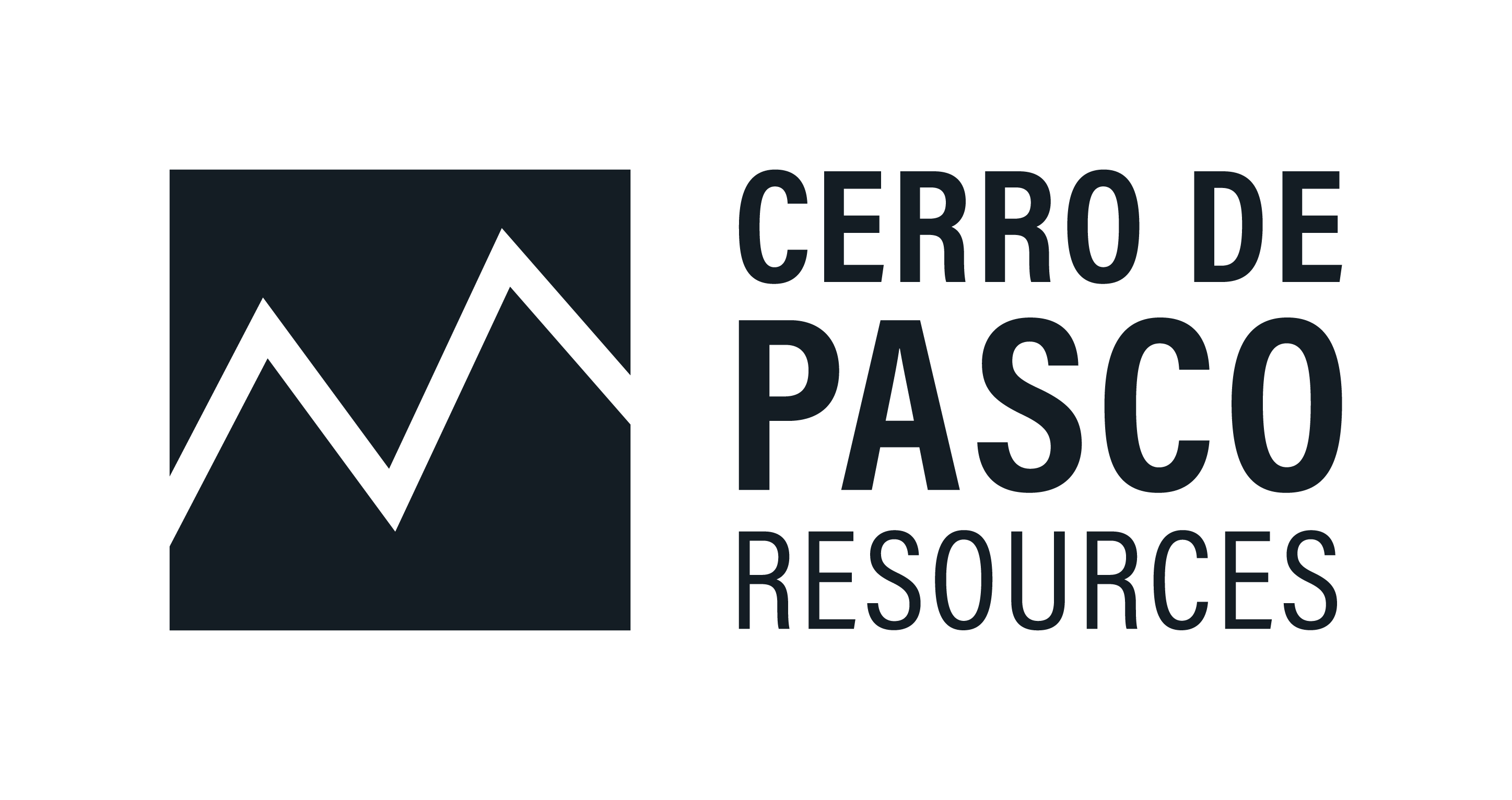Silver's Structural Supply Crisis Creates Exceptional Investment Opportunities in Mining Sector

Silver mining stocks lag metal prices despite 5-year deficits. Pure-play producers offer exceptional value as institutional money flows into sector.
- Silver is experiencing its fifth consecutive year of supply deficits, with limited major discoveries and 18-year development timelines creating a structural shortage that should support sustained price appreciation.
- Generalist funds are showing their highest interest levels in a decade while ETF inflows have reached their strongest levels since 2022, indicating a fundamental shift in institutional recognition of the sector.
- Mining stocks are trading at 2018 levels despite silver's impressive 54% surge from $24 lows, creating exceptional entry opportunities for investors willing to position ahead of the institutional wave.
- M&A activity is rapidly consolidating the sector with fewer independent silver producers remaining, which increases the strategic value and potential acquisition premiums for remaining companies.
- Current $39 silver prices provide strong profit margins above $19 all-in sustaining costs, while triple-digit silver prices would be needed to justify new mine development, protecting existing producers from new supply competition.
The Silver Supply Crisis
The silver market is experiencing an unprecedented structural shift that presents compelling investment opportunities for those positioned in the right mining companies. After five consecutive years of supply deficits, the fundamentals underlying silver's price trajectory have never been more compelling. As Vizsla Silver President & CEO Michael Konnert observes:
"It's a structural deficit - the fifth consecutive year of a supply deficit. And new mines coming online aren't going to fill that gap very rapidly because there simply aren't very many silver primary mines."
This persistent shortage occurs as industrial demand accelerates across multiple sectors, from solar panels to electric vehicles, creating what many analysts believe is a perfect storm for sustained price appreciation.
The supply-side challenges extend far beyond current production gaps. The mining industry faces an 18-year average timeline from discovery to production, a reality that makes new supply responses virtually impossible in the near term. Capital commitments and regulatory hurdles prevent quick supply adjustments.
This extended development timeline becomes even more problematic when considering the grade challenges facing new projects. While potential silver assets exist, they are predominantly low-grade operations requiring massive capital investments.
Vizsla Silver exemplifies the type of company positioned to capitalize on this supply crunch. The company's flagship Panuco project in Mexico's prolific Western Mexico Silver Belt has grown into a substantial 361 million ounce silver equivalent resource through systematic exploration drilling. With a Preliminary Economic Assessment showing robust economics including an 86% IRR and 9-month payback, Vizsla is advancing toward first silver production targeted for H2 2027. The company's commanding 40,000+ hectare land package in Sinaloa positions it within an emerging silver district, offering significant exploration upside as only 30% of identified vein targets have been drill-tested to date.
Similarly, Americas Gold & Silver represents an established producer that benefits directly from current market dynamics. The company's flagship Galena Complex in Idaho's historic Silver Valley stands as the cornerstone of its operations, with plans to generate approximately 80% of total company revenue from silver by H2 2025. The complex's significant infrastructure, including two mills and four shafts with 55 miles of underground development, provides a robust foundation for increased production. As supply constraints tighten, Americas Gold & Silver's ongoing optimization efforts at Galena - including productivity improvements, equipment upgrades, and exploration of high-grade zones - position the company to capitalize on strengthening silver markets while advancing toward becoming a leading North American silver producer.
“We’re talking about a mine that’s been around for 100 years…It produced 1.3M ounces last year. You go to 3, 4, 5 million ounces a year…those companies are valued at $1.7 to $2 billion.”
The implications for investors are profound. With current silver prices around $39 per ounce, the economics simply don't justify the massive investments required for new mine development. This creates a supply ceiling that should support higher prices for years to come, directly benefiting existing producers with established operations and permitted reserves.
Institutional Capital Awakening
After years of institutional neglect, the silver mining sector is experiencing a remarkable shift in investor sentiment. The confluence of strong metal fundamentals and attractive valuations has finally captured the attention of large-scale generalist institutional investors who had previously avoided the sector, indicating a fundamental shift in how mainstream institutional capital views precious metals exposure.
This institutional awakening comes at a critical time for the sector. ETF inflows have reached their strongest levels since 2022, while physical demand continues to surge. The combination of institutional interest and retail demand creates a powerful buying dynamic that has kept silver's price remarkably resilient.
The small market capitlization of the silver sector amplifies the potential impact of institutional inflows. With the entire silver market valued at approximately $30 billion, this relatively modest size creates unique dynamics for institutional investment. In niche markets of this scale, institutional adoption typically follows a deliberate pattern where larger investors gradually recognize the opportunity and begin allocating capital. Once this institutional awakening occurs, the concentrated nature of the silver market means that even modest percentage allocations from major funds can drive substantial price appreciation across the sector. Vizsla Silver’s CEO Michael Konnert notes:
“It’s an incredible setup for silver…There simply aren’t very many silver primary mines.”
Silvercorp stands out as a company particularly well-positioned to benefit from this institutional recognition. With its profitable mines in China generating over $520m in profits since 2006 and strategic expansion into Ecuador, Silvercorp offers investors exposure to both established Asian manufacturing demand and emerging South American production growth. Regarding their Ecuador expansion, Shaver notes:
"We're building a mine in Ecuador…an emerging jurisdiction. The government and country are realizing that proper mining done sustainably can be a great contributor to the economy."
The company’s proven track record of maintaing stable costs while growing production - evidenced by its 46% EBITDA margin verus 30% peer average - combined with its strong balance sheet ($369m cash plus $87m investments) and disciplined capital allocation, makes it an attractive option for offers institutional investors exposure to both Chinese domestic silver demand and global price appreciation. The company's consistent production growth and strong balance sheet management make it an attractive option for large fund allocations. Additionally, Silvercorp’s geographic diversification from China-focused operations to include high-grade projects like El Domo and Condor in Ecuador positions the company to benefit from both established and emerging mining jurisdictions.
The timing appears particularly favorable for investors. Historical precedent suggests that institutional money flows into mining sectors in waves, typically leading to extended bull markets. The sector experienced a similar dynamic from 2002 to 2012, which many industry veterans believe could be replicated in the current cycle.
The Valuation Disconnect
Despite silver's impressive 54% surge from its $24 lows earlier this year, mining stocks remain dramatically undervalued relative to historical norms. This disconnect creates what may be the most compelling entry point for precious metals investors in over a decade.
The valuation gap is particularly striking when examining production-adjusted metrics. Silver mining companies today are producing significantly more than during previous silver price cycles, yet their valuations remain depressed relative to historical norms. Many companies have doubled their production capacity compared to earlier periods when silver traded at similar levels, demonstrating substantial operational improvements while their market valuations have lagged behind
This valuation disconnect extends across the sector, with many established producers trading at significant discounts to their historical multiples. The anomaly appears to stem from several factors: institutional memory of previous mining sector disappointments, concerns about operational execution, and the cyclical nature of commodity investing that often creates extended periods of undervaluation.
Cerro de Pasco represents a compelling turnaround story that exemplifies this valuation disconnect. The company's ongoing efforts to remediate and modernize its Peruvian operations present significant value creation opportunities as silver prices strengthen. Unlike traditional mining operations, they are uniquely positioned to unlock value from what may be the world's largest above-ground metal resource - the Quiulacocha tailings containing an estimated 423 million ounces of silver equivalent that has already been extracted and is ready for reprocessing. This tailings reprocessing approach eliminates traditional mining costs while offering substantial operational advantages, including no drilling, blasting, or hauling requirements, resulting in extraction costs of just $1-2 per tonne compared to $30-200 for conventional underground mining. As Executive Chairman Steven Zadka explains:
“The hardest part of mining is mining. With tailings, you’re able to extract material at $1-2 per ton with virtually no dilution, and you can do it day in and day out with one or two pieces of equipment.”
The project's strategic value is further enhanced by its gallium discovery, positioning the company to supply critical metals essential for semiconductors and renewable energy technologies at a time when China controls 98% of global gallium production.
The current environment differs markedly from previous cycles due to the structural improvements many mining companies have implemented. Better balance sheets, improved operational efficiency, and more disciplined capital allocation have created a more resilient industry structure. Companies have learned from past mistakes and are now positioned to capitalize on favorable commodity prices without the excessive leverage and operational issues that plagued previous cycles.
Americas Gold & Silver's operational improvements and new leadership team at its Galena Complex highlight it as another turnaround story. The company's focus on cost management and operational efficiency has created a more robust business model that can generate strong returns even during commodity price volatility.
Pure-Play Scarcity: M&A Consolidation Creates Strategic Value
The silver mining sector is experiencing unprecedented consolidation, with major acquisitions removing pure-play companies from public markets and creating scarcity value for remaining independent operators. This consolidation trend has profound implications for investors seeking exposure to silver price appreciation.
Recent M&A activity has dramatically reduced the number of available silver investment options. Investor Eric Sprott, alongside Paul Huet for Americas Gold & Silver, stated:
"There are only about 10 silver stocks around. It's just a shockingly small market… Anybody who thinks they're going to get into the silver market, they're not going to get a lot of money in. It's way too small."
This consolidation creates a more concentrated industry structure where remaining companies command premium valuations.
The strategic rationale behind these acquisitions reflects the difficulty of organic growth in the sector. With 18-year development timelines and massive capital requirements, acquiring existing operations provides the most efficient path to production growth. This dynamic should continue supporting acquisition premiums for quality assets.
Vizsla Silver's substantial resource base and strategic location make it an attractive potential acquisition target for larger producers seeking to expand their Mexican operations. The company's systematic approach to resource development and strong exploration results position it well in a consolidating market where quality assets command premium valuations.
The scarcity of pure-play silver companies becomes even more pronounced when considering the limited pipeline of new projects. This discovery drought means that existing producing assets become increasingly valuable as supply constraints tighten.
Silvercorp's established production profile and geographic diversification make it a strategic asset in an increasingly consolidated sector. Shaver adds:
"I think people are recognizing the fact that there's positive attributes to both elements of silver's dual nature. And that's both the investment fundamentals and that precious metals store value currency hedge aspect of silver as well as just the pure supply, demand and balance that exists in silver. A lot of things that we want to do as a society are going to mean more silver consumption."
The company's ability to generate consistent cash flows from its Chinese operations provides stability that's highly valued in M&A transactions.
For investors, this consolidation creates multiple paths to value realization. Companies can benefit from both operational improvements and strategic premiums as larger players seek to build scale. The remaining independent companies effectively hold scarce assets in a consolidating industry with strong fundamental tailwinds.
Production Economics: Strong Margins with Upside Potential
Current silver prices provide attractive economics for established producers while creating a price floor that should support sustained profitability. The margin structure of quality silver miners has improved significantly over the past decade, creating more resilient business models.
Modern silver mining operations benefit from operational improvements and technological advances that have reduced costs relative to previous cycles. However, inflation pressures remain a constant challenge.
Current silver prices around $39 provide healthy margins above the $19 all-in sustaining costs. This margin profile creates substantial cash flow generation capabilities for efficient operators.
Americas Gold & Silver's operational track record demonstrates the cash generation potential of efficient silver operations. The company's focus on cost control and operational optimization has created sustainable profit margins that support continued investment in growth initiatives and exploration programs. Huet states:
"At $30 silver, this thing hums very well…could silver be $35, $40? A lot of people are speculating even higher.”
Cerro de Pasco's remediation and modernization efforts are designed to improve the project's cost structure while expanding production capacity. The company's investment in modern mining techniques and environmental improvements should result in lower operating costs and higher recovery rates, enhancing profitability as silver prices appreciate.
The cash generation capabilities of current operations have strengthened balance sheets across the sector. Strong cash flows enable companies to fund exploration, reduce debt, and return capital to shareholders. This financial strength provides a foundation for sustained outperformance as metal prices continue to appreciate.
Silvercorp's consistent profitability and strong balance sheet management exemplify the financial discipline that characterizes successful silver miners in the current environment. The company's ability to generate consistent cash flows provides flexibility to pursue growth opportunities while maintaining financial stability.
The economic dynamics become even more compelling when considering the supply response required to balance the market. With triple-digit silver prices needed to justify new mine development, current producers enjoy a protected market position. This protection should support sustained profitability and cash generation over the medium term.
Investment Thesis: Positioned for a Decade-Long Bull Market
The silver mining sector presents a compelling investment opportunity driven by structural supply constraints, institutional capital inflows, attractive valuations, and strong production economics. Multiple factors suggest the sector may be entering a sustained bull market similar to the 2002-2012 period.
The investment thesis rests on five key pillars:
- Supply Deficit Persistence: The market enters its fifth consecutive year of shortages with limited new supply coming online
- Institutional Recognition: Generalist funds showing their highest interest levels in a decade, driving sustained capital inflows
- Valuation Opportunities: Mining stocks trade at 2018 levels despite 54% silver price appreciation and doubled production capacity
- Consolidation Premiums: M&A activity reduces pure-play options creating scarcity value for remaining companies
- Economic Moats: Triple-digit silver prices would be needed for new mine development, protecting existing producers from competition
Companies like Vizsla Silver represent premier exploration opportunities in Mexico's prolific Sinaloa silver district with substantial resource growth potential, while Americas Gold & Silver offers established production with diversified operations providing immediate cash flow generation and operational leverage to silver prices. Cerro de Pasco presents a unique turnaround story with significant value creation potential through modernization of a world-class Peruvian silver resource, and Silvercorp provides profitable production with geographic diversification and strong balance sheet management offering stability and growth potential.
The sector appears positioned for sustained outperformance as multiple tailwinds converge. Supply constraints should support higher metal prices while institutional recognition drives multiple expansion. For investors seeking exposure to what may be the most compelling precious metals opportunity in over a decade, silver mining companies represent a leveraged play on structural supply-demand imbalances that institutional capital is finally beginning to recognize. The scarcity of pure-play options due to M&A consolidation further enhances the strategic value of remaining independent companies, creating conditions that appear favorable for sustained outperformance in the years ahead.
Analyst's Notes




Subscribe to Our Channel
Stay Informed





















